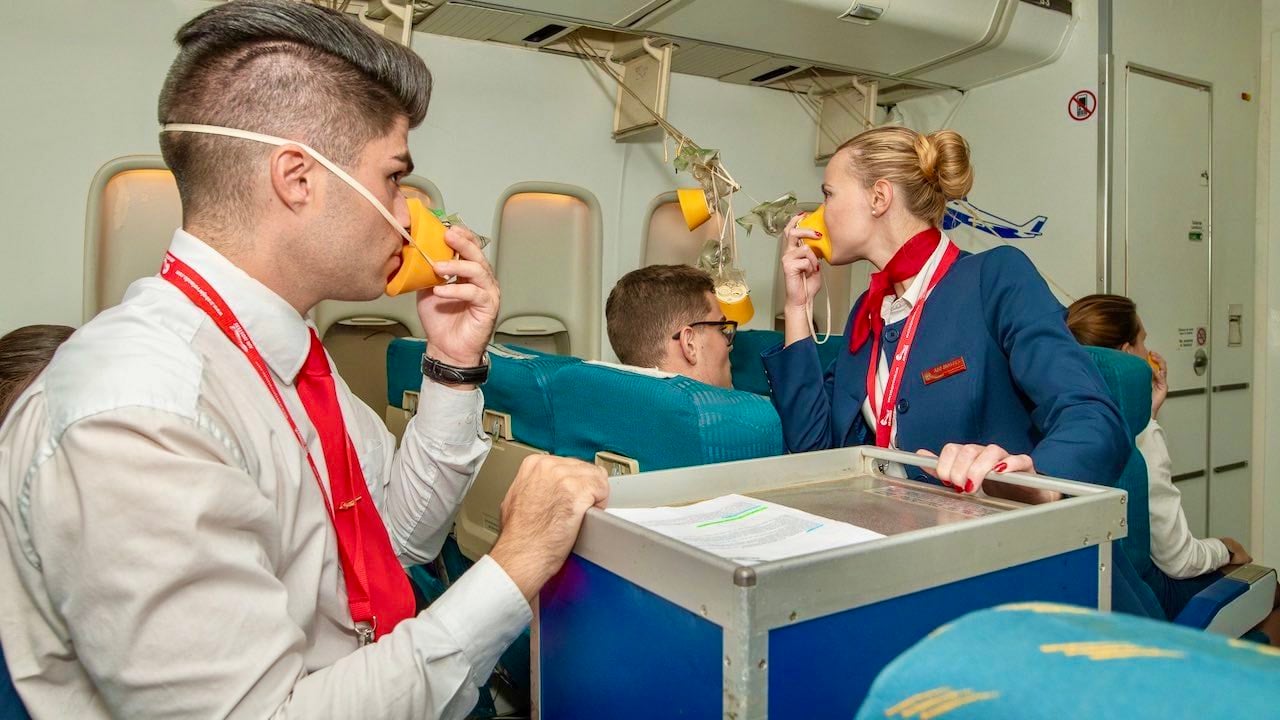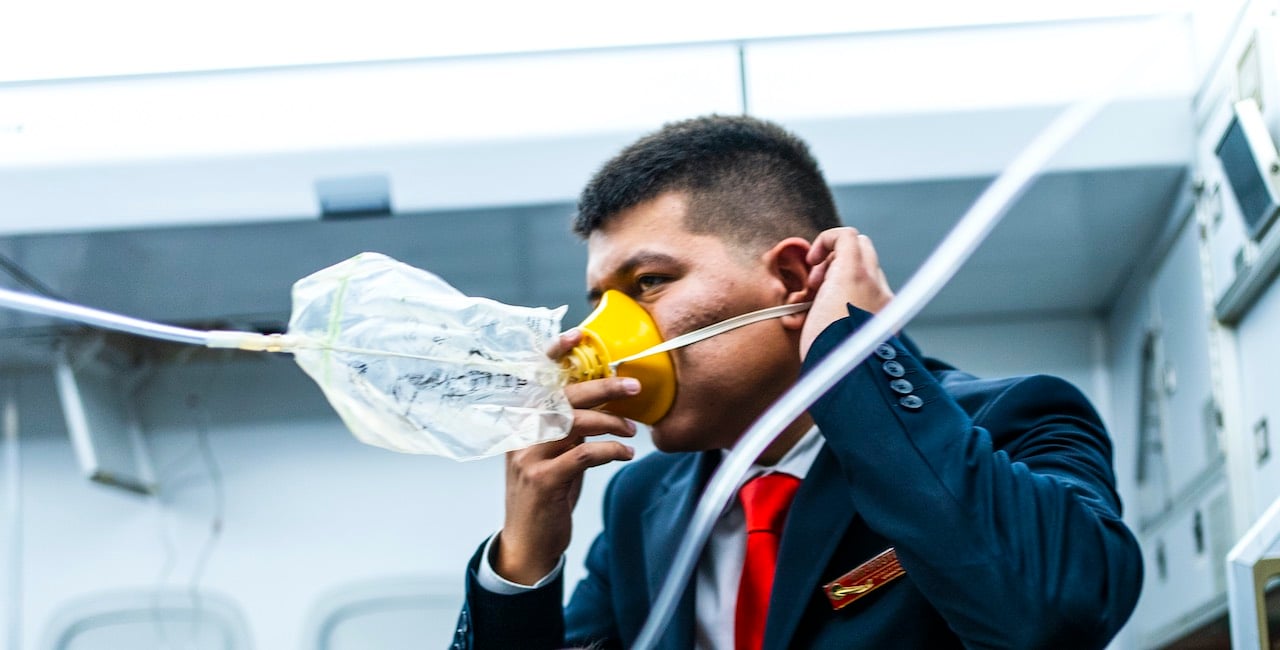When you board an aircraft, you may not consider the importance of atmospheric pressure. But have you ever heard of cabin depressurisation?
In this article, we will address this topic and give you a clear perspective on how aircraft pressurisation works.




